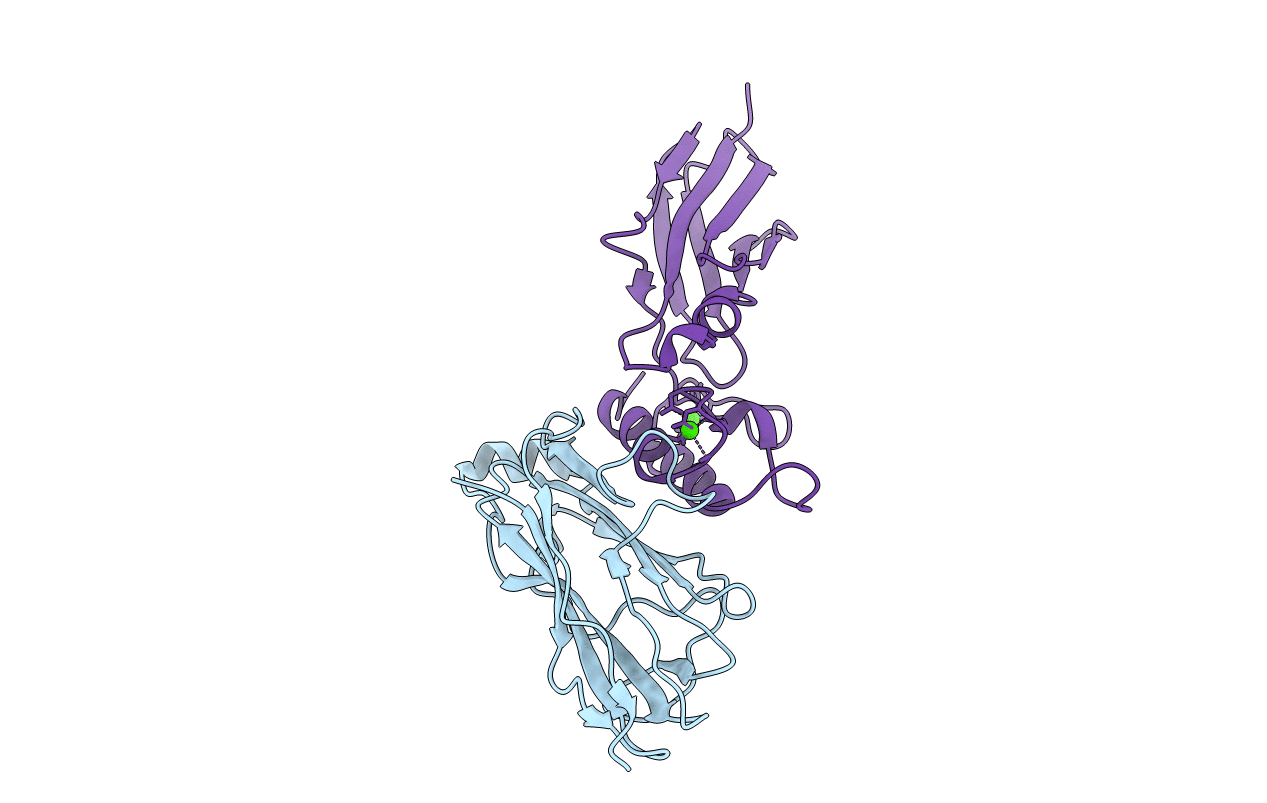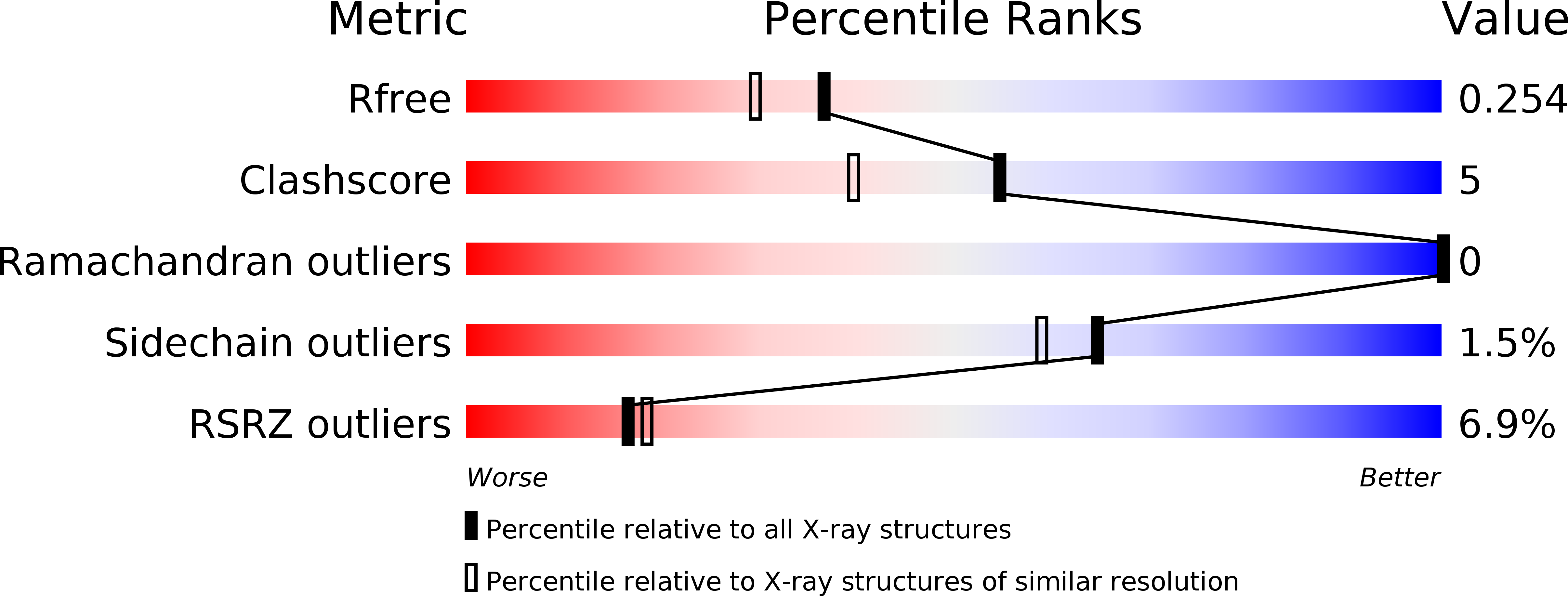
Deposition Date
2016-05-19
Release Date
2017-03-29
Last Version Date
2024-01-10
Entry Detail
PDB ID:
5K39
Keywords:
Title:
THE TYPE II COHESIN DOCKERIN COMPLEX FROM CLOSTRIDIUM THERMOCELLUM
Biological Source:
Source Organism:
Ruminiclostridium thermocellum 27405 (Taxon ID: 1249482)
Host Organism:
Method Details:
Experimental Method:
Resolution:
1.98 Å
R-Value Free:
0.24
R-Value Work:
0.18
R-Value Observed:
0.19
Space Group:
C 1 2 1


